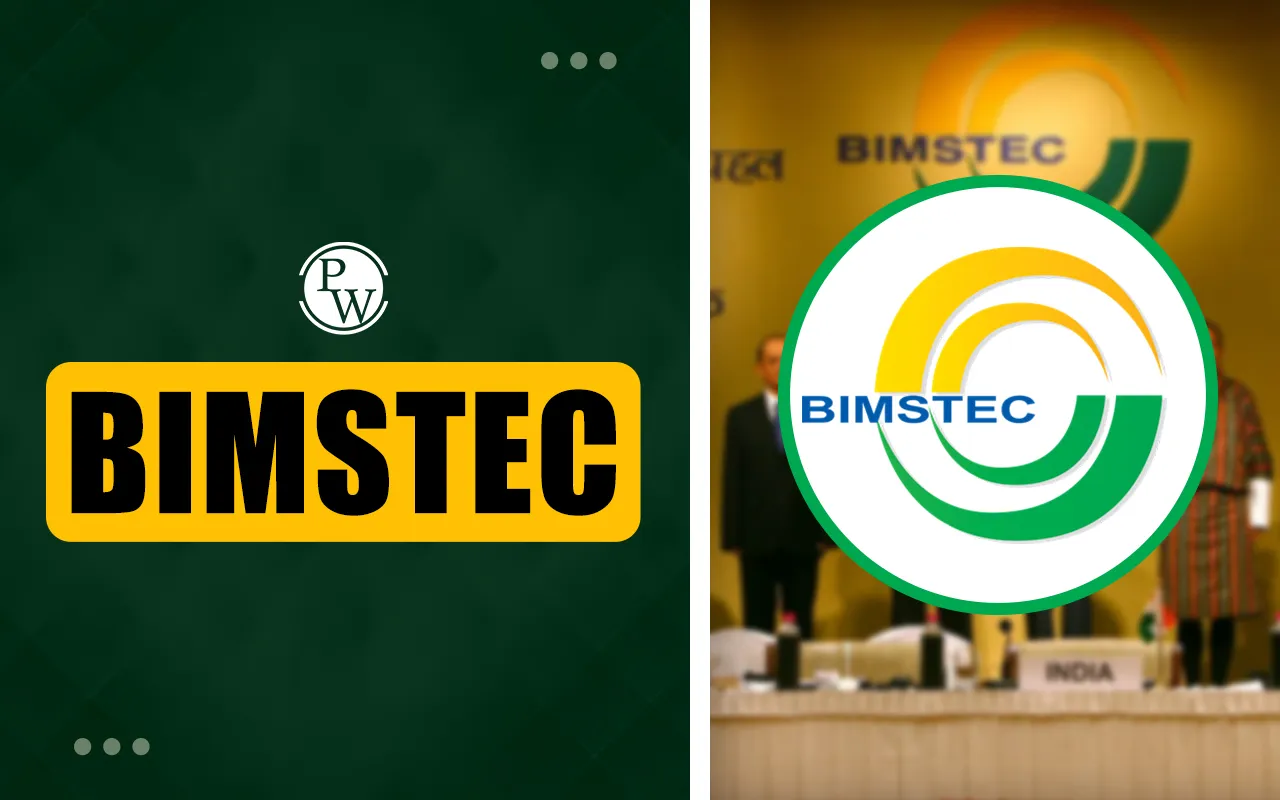
New GST Rates: The Goods and Services Tax (GST) Council in its 56th meeting approved significant reforms in the tax rates to ensure a move towards a simplified two-slab structure of 5% and 18%. It is also decided that a higher 40% demerit rate will apply only to super luxury, sin, and luxury goods.
The New GST Rates in India 2025 aim to streamline the eight-year-old tax regime of India. All the tax rate cuts, except for tobacco-related products, are scheduled to take effect from September 22. 2025.
What are New GST Rates in India 2025?
The GST Reforms 2.0 reforms are introduced by the GST Council with an aim to benefit farmers, MSMEs, middle-class families, women, and youth. The Council replaced multiple slabs (5%, 12%, 18%, 28%) with a two-slab system (5% and 18%), plus a 40% demerit rate for sin goods like tobacco, pan masala, luxury cars, etc. The changes in the GST Rates are set to be effective from September 22, 2025.
-
Everyday essentials, including the likes of hair oil, shampoos, toothpaste, and more, have all been transferred to the 5% tax slab from the 12-18% slab earlier.
-
Medical Items like oxygen, gauges, bandages, diagnostic kits, and other supplies are now lowered to 5% from the earlier 12%.
-
GST Rates on Air Conditioners, televisions, dishwashers, etc, were cut down from 28% to 18%. Small Cars (petrol up to 1200 cc/diesel up to 1500 cc) will now be taxed at 18%.
-
Life and health insurance schemes, including term, ULIP, family floater, endowment, and other policies, are now made GST-exempt.
New GST Rates Changes List
The GST 2.0 Reforms introduced by the Council focus on rate rationalisation, reducing inverted duty rates and expanding tax exemptions for essential goods, health services, and agriculture. The New GST Rates Changes List is provided in the table below:
| New GST Rates Changes List | |||
| Category | Previous Rate | Revised Rate | Details |
| Insurance | 18% | NIL | GST exemption on all individual life insurance (term, ULIP, endowment) and health insurance (including family and senior citizen policies) |
| Rate Structure | 0%, 5%, 12%, 18%, 28% | 5%, 18%, 40% | Simplification of the 4-tier GST structure into 2 rates: Standard (18%) and Merit (5%); Special de-merit rate of 40% for select goods |
| Common Household Items | 12% / 18% | 5% | Hair oil, soaps, shampoos, toothbrushes, toothpaste, bicycles, tableware, and kitchenware |
| Food Items | 5% | NIL | UHT milk, paneer, Indian breads (roti, paratha, parotta) |
| 12% / 18% | 5% | Packaged foods (namkeens, sauces, noodles, chocolates, coffee, cornflakes, butter, ghee, preserved meat, pasta) | |
| Consumer Goods | 28% | 18% | TVs (all sizes), ACs, dishwashers, small cars, motorcycles ≤ 350cc |
| Agriculture | 12% | 5% | Tractors, harvesting/threshing machinery, composting machines, balers, mowers |
| Labour-Intensive Goods | 12% | 5% | Handicrafts, marble/granite blocks, intermediate leather goods |
| Construction | 28% | 18% | Cement |
| Medicines | 12% / 5% | NIL / 5% | 33 lifesaving drugs (12% → NIL); 3 cancer/rare disease medicines (5% → NIL); other drugs (12% → 5%) |
| Medical Devices | 12% / 18% | 5% | Surgical/dental/veterinary apparatus, diagnostic kits, glucometers, bandages, gauze |
| Automobiles & Transport | 28% | 18% | Small cars, motorcycles ≤ 350cc, buses, trucks, ambulances |
| 28% | 18% | Uniform rate of 18% on all auto parts; three-wheelers from 28% to 18% | |
| Textile Sector | 18% / 12% | 5% | Correction of inverted duty: Manmade fibre (18% → 5%); Yarn (12% → 5%) |
| Fertilizers | 18% | 5% | Sulphuric acid, nitric acid, ammonia |
| Renewable Energy | 12% | 5% | Renewable energy devices and parts |
| Hospitality | 12% | 5% | Hotel rooms ≤ ₹7,500/day |
| Personal Services | 18% | 5% | Salons, gyms, barbers, yoga centres, wellness services |
| Judicial Mechanism | – | – | Goods and Services Tax Appellate Tribunal (GSTAT) to be operational by Sept. 2025; hearings to begin by Dec. 2025 |
New GST Rates List 2025 PDF Download India
Several changes were made to the GST Rates of different items under the new GST Reforms. Check out the complete New GST Reforms List with the new GST Rates provided below:
| New GST Rates List 2025 PDF Download | |
| New GST Rate List | Download Link |
New Car GST Rate 2025 in India
The New GST Reforms introduced by the GST Council in its 56th meeting will see some of India’s best-selling cars and automobiles receive a reduction in tax incidence. It is expected to boost consumption in the automobile sector and is a crucial marker of growth in India’s economy.
-
Small Cars with an engine capacity of 1200 cc (petrol), 1500 cc (diesel) or below and with a length below 4 meters will now attract an 18% GST Tax slab, which was 28% earlier.
-
Petrol Cars with an engine capacity of more than 1200 cc and diesel cars with an engine capacity above 1500 cc will now be charged a GST rate of 40% as compared to 28% earlier.
-
Tax reforms and relief are also introduced for motorcycles and motorbikes with an engine capacity of less than 350 cc, along with all the automotive parts will now be charged a tax rate of 18%.
GST Council
The recent tax reforms introduced by the Goods and Services (GST) Council are set to bring relief to a large section of taxpayers. It is a move towards implementing a two-slab tax structure in India. The GST Council is a constitutional body under Article 279A of the Indian Constitution, which was established by the 101st Constitutional Amendment Act.
-
It is the premier decision-making body for the Goods and Services Tax in India. Its main responsibility is to make recommendations to both the Central and State Governments on GST matters.
-
The Council consists of the Union Finance Minister as its Chairperson, along with the Union Minister of State for Revenue, and the Finance Minister from each state as members.
-
Decisions are made by a majority of not less than three-fourths of the weighted votes cast. The Centre holds one-third of the total votes, and the states together hold two-thirds.
-
The GST Council is crucial for unifying India's indirect tax system, replacing many different taxes and creating a single national market.
Want to learn more about government schemes, Explore Physics Wallah’s UPSC courses for guidance and structured learning!
New GST Rates in India FAQs
What are the new GST rates introduced under GST 2.0?
When will the new GST rates in India come into effect?
Which essential items now fall under the 5% GST slab?
What changes were made to GST rates on automobiles?
What is the role of the GST Council in these reforms?






